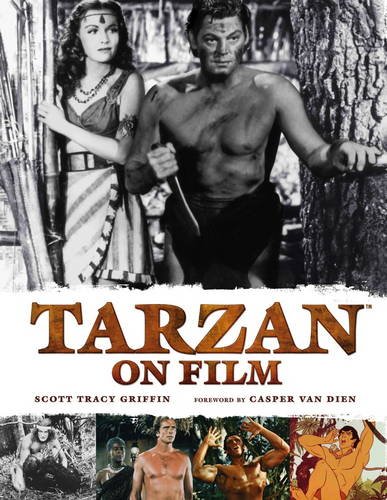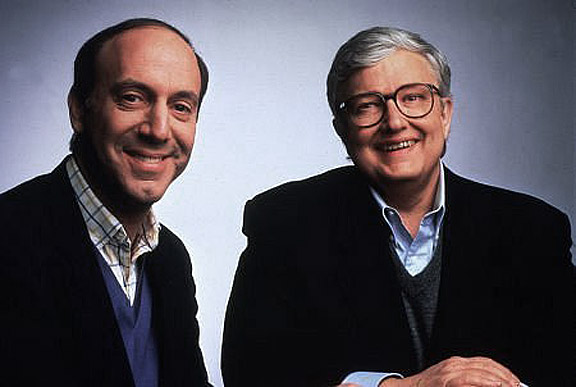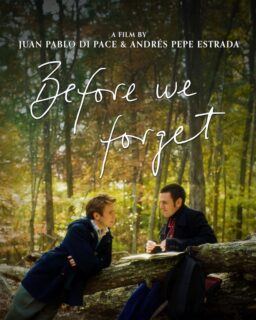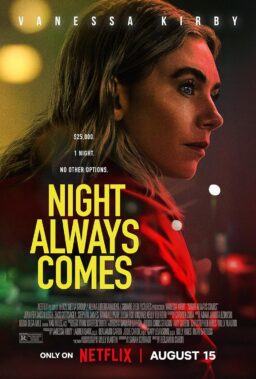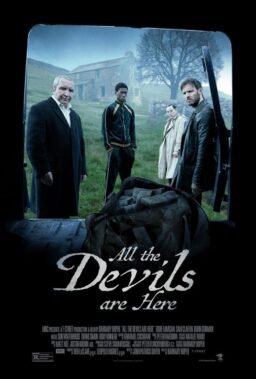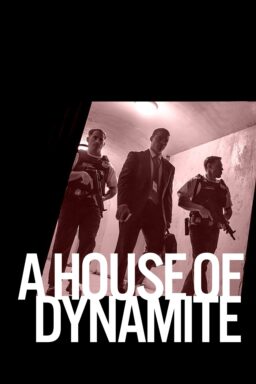When the wonderful people at Titan Books reached out about a
new coffee table volume that would chronicle the history of Edgar Rice
Burrough’s Tarzan character in entertainment, I thought it might make an
interesting, thin volume to tie in with the surprisingly successful “The Legend
of Tarzan.” How much could one really write about a single character? Honestly, I
had no idea how ubiquitous Tarzan has been over the last century, popping up
over and over again in pop culture, and this excellent book looks at every
single iteration of the character, from the ones that made international waves
to the ones that you’ve never even heard of. It’s a definitive history of
Tarzan in pop culture from the 1918 silent film “Tarzan of the Apes” to the recent Alexander Skarsgård version in “The Legend of Tarzan” nearly a century later. And, unlike a lot of these
books, it is no mere cursory piece of fan service, padded out with stills and
posters you can just find online.
The structure of “Tarzan on Film”
by Scott Tracy Griffin is simple but brilliant. Each film gets a relatively
detailed history, followed by a look at the stars of the film. For example,
we learn that “Tarzan of the Apes” was a massive box office success even though
Burroughs himself boycotted the film over a dispute regarding royalties, but later saw it and liked it immensely. And then we get a page that
offers a bio of the first man in the loincloth, Elmo Lincoln. The book then moves on to 1919’s “The Romance of Tarzan,” also starring Lincoln, followed by
a bio of that film’s Jane, Enid Markey. And so on.
And I do mean “so on.” There were six Tarzan films in the
‘20s, eight in the ‘30s, nine in the ‘40s, ten in the ‘50s, and so on and so
on. Griffin is interested in more of a comprehensive look at the character than
playing favorites. So, there are the Tarzans you’ve heard of like Johnny
Weissmuller and even Christopher Lambert (in 1983’s infamous “Greystoke: The
Legend of Tarzan, Lord of the Apes”) along with dozens of films that you very
likely have not seen. Consequently, the book is filled with trivia—1957’s
“Tarzan and the Lost Safari” was the first color version of the character—but
also incredibly detailed for a coffee table book. Most of these collections are
heavy on pictures, light on text and substance. “Tarzan on Film” is remarkable
in its comprehensiveness, offering detailed histories of every single
production, including behind-the-scenes stories, public responses and insight
into how the legend changed over the years. It shows us how we got
from “Tarzan of the Apes” to “The Legend of Tarzan,” and why that legend
endures.
Click here to buy your copy of Titan Books’ “Tarzan on Film.”

